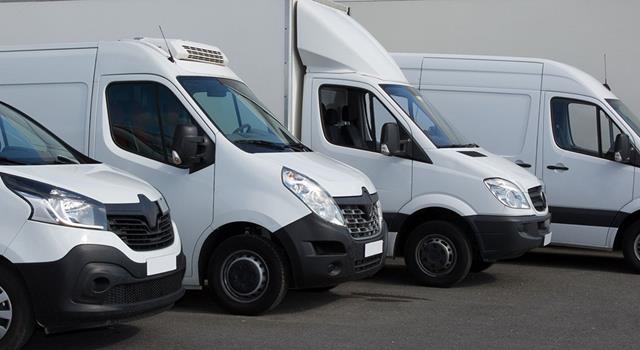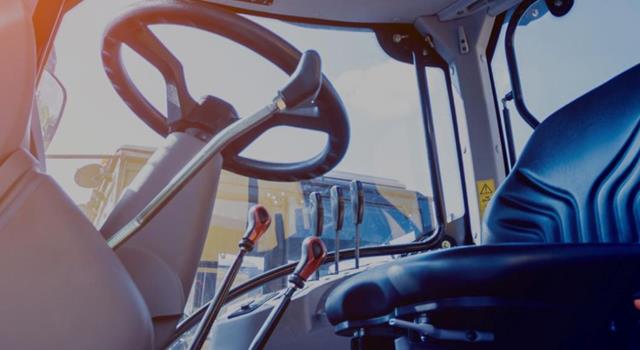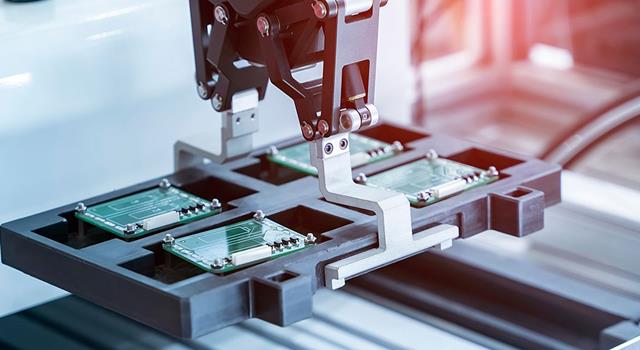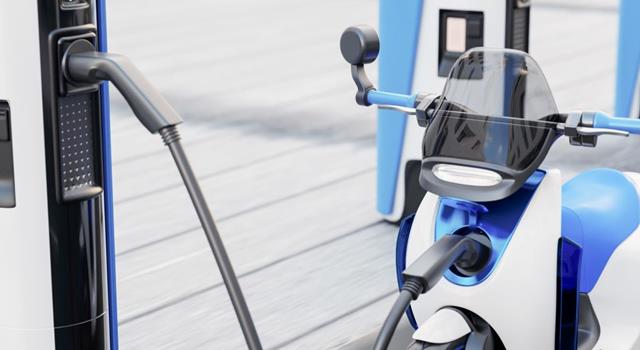The world of transportation is undergoing a seismic shift, driven by rapid technological advances. From driverless cars to electric scooters, the way we get from A to B is evolving faster than ever before. This shift not only promises greater efficiency and accessibility, but also aims to dramatically reduce the environmental impact of our travel habits. Let's explore how emerging technologies are shaping the future of mobility.
Autonomous Vehicles: Towards a Driverless Future
One of the most anticipated technological developments in transportation is autonomous driving. Once a futuristic dream, driverless cars are now becoming a reality, with numerous trials underway around the world. These vehicles are equipped with sensors, cameras and artificial intelligence systems that allow them to navigate roads, recognize traffic patterns and respond to obstacles without human intervention. The potential benefits are enormous, ranging from reducing traffic accidents caused by human error to optimizing traffic flow and reducing traffic congestion.
Electrification of Transportation: Charging Towards Green Mobility
Electrification is another cornerstone of the future mobility landscape. Electric vehicles (EVs) are poised to dominate the automotive market, driven by the dual-motor effect of environmental concerns and advances in battery technology. Modern EVs offer attractive advantages such as lower emissions, less noise pollution and reduced dependence on fossil fuels. Moreover, the expansion of charging infrastructure and advances in fast charging technology make EVs more accessible and convenient for everyday use.
Mobility as a Service (MaaS): A Connected, Integrated Approach
Mobility as a Service (MaaS) represents a shift from personal car ownership to digital, service-based transportation solutions. MaaS platforms integrate various transportation services into a single accessible on-demand service. Users can plan, book and pay for multiple modes of transportation, such as public transport, car sharing, bike sharing or scooter rental, through a single app. This model encourages more efficient use of resources and offers a customizable approach to personal and public transport, potentially reducing the total number of vehicles on the roads.
Smart Infrastructure: The Backbone of Advanced Mobility
The rise of smart cities is closely linked to the development of smart transportation infrastructure. Intelligent traffic systems, smart roads and connected public transport can significantly improve the efficiency and safety of urban transportation. Technologies such as IoT sensors and advanced analytics help manage traffic flow, monitor the condition of infrastructure and even predict maintenance needs before they become critical issues.
Challenges and Future Directions
Despite the excitement surrounding these technologies, there are significant challenges to overcome. Regulatory issues, cybersecurity concerns and the need for large investments in infrastructure are just some of the obstacles that need to be addressed. There is also an urgent need to ensure that future mobility solutions provide universally shared benefits across different regions and socioeconomic groups, increasing accessibility and equity.
Conclusion
The future of mobility is not just about technological innovation; it is about redesigning how society uses and interacts with modes of transportation. As we stand at the threshold of this transformation, it is imperative that policymakers, businesses and individuals collaborate to ensure that the mobility revolution is both sustainable and inclusive. The journey towards this dynamic future is just beginning and the possibilities are as vast as they are exciting.












